- Home
- Articles
- Architectural Portfolio
- Architectral Presentation
- Inspirational Stories
- Architecture News
- Visualization
- BIM Industry
- Facade Design
- Parametric Design
- Career
- Landscape Architecture
- Construction
- Artificial Intelligence
- Sketching
- Design Softwares
- Diagrams
- Writing
- Architectural Tips
- Sustainability
- Courses
- Concept
- Technology
- History & Heritage
- Future of Architecture
- Guides & How-To
- Art & Culture
- Projects
- Interior Design
- Competitions
- Jobs
- Store
- Tools
- More
- Home
- Articles
- Architectural Portfolio
- Architectral Presentation
- Inspirational Stories
- Architecture News
- Visualization
- BIM Industry
- Facade Design
- Parametric Design
- Career
- Landscape Architecture
- Construction
- Artificial Intelligence
- Sketching
- Design Softwares
- Diagrams
- Writing
- Architectural Tips
- Sustainability
- Courses
- Concept
- Technology
- History & Heritage
- Future of Architecture
- Guides & How-To
- Art & Culture
- Projects
- Interior Design
- Competitions
- Jobs
- Store
- Tools
- More
The Role of Architecture in Shaping Cultural Identity: A Journey Through Time and Tradition
Discover how architecture serves as a powerful reflection of cultural identity in this insightful article. From ancient temples to modern skyscrapers, explore how buildings embody community values, foster belonging, and influence social dynamics. Learn about the significance of historical styles and contemporary designs, the impact of globalization, and the fusion of tradition with innovation.

Architecture tells the story of who we are and where we come from. It’s more than just buildings; it’s a reflection of our values, traditions, and aspirations. As we explore the role of architecture in shaping cultural identity, we uncover how structures embody the essence of communities, influencing not just aesthetics but also social dynamics.
From ancient temples to modern skyscrapers, every design choice resonates with cultural significance. These architectural forms create a sense of belonging and continuity, connecting generations and fostering pride within communities. Join us as we delve into how architecture acts as a powerful medium for expressing and preserving cultural identity, shaping our experiences and interactions in profound ways.

Table of Contents
ToggleThe Role of Architecture in Shaping Cultural Identity
Architecture signifies cultural identity by housing community values and aspirations. Architectural styles reflect specific historical contexts, showcasing unique building techniques and design preferences. For instance, Gothic cathedrals convey religious devotion and social hierarchy, while traditional adobe homes in the Southwest United States represent indigenous heritage.
Architecture also provides continuity across generations. Famous landmarks, like the Parthenon in Greece or the Taj Mahal in India, link contemporary cultures to their historical roots. These structures function as platforms for collective memory, uniting people around shared histories.
Local materials often influence architectural design, enhancing regional identity. Using brick, wood, or stone sourced from the area fosters a connection between buildings and their environment. The distinctive features of vernacular architecture serve to celebrate local traditions, crafts, and lifestyles.
Furthermore, architecture shapes social dynamics within communities. Public spaces, such as plazas and parks, encourage interaction and engagement. They cultivate a spirit of collaboration, forging strong connections among residents. Urban design, like the grid layout of Manhattan, promotes accessibility and movement, influencing how communities interact.
Finally, architecture plays a crucial role in cultural expression. Festivals and events often transform buildings into vibrant stages, displaying cultural narratives through temporary installations or murals. This active engagement with architecture allows communities to reinterpret their identities continually, reflecting their evolution and adaptability.
Historical Context
Architecture has long served as a vital component in shaping cultural identity, influenced by various social, political, and environmental factors throughout history. Its evolution reflects the values, beliefs, and needs of societies, becoming a tangible expression of collective identity.
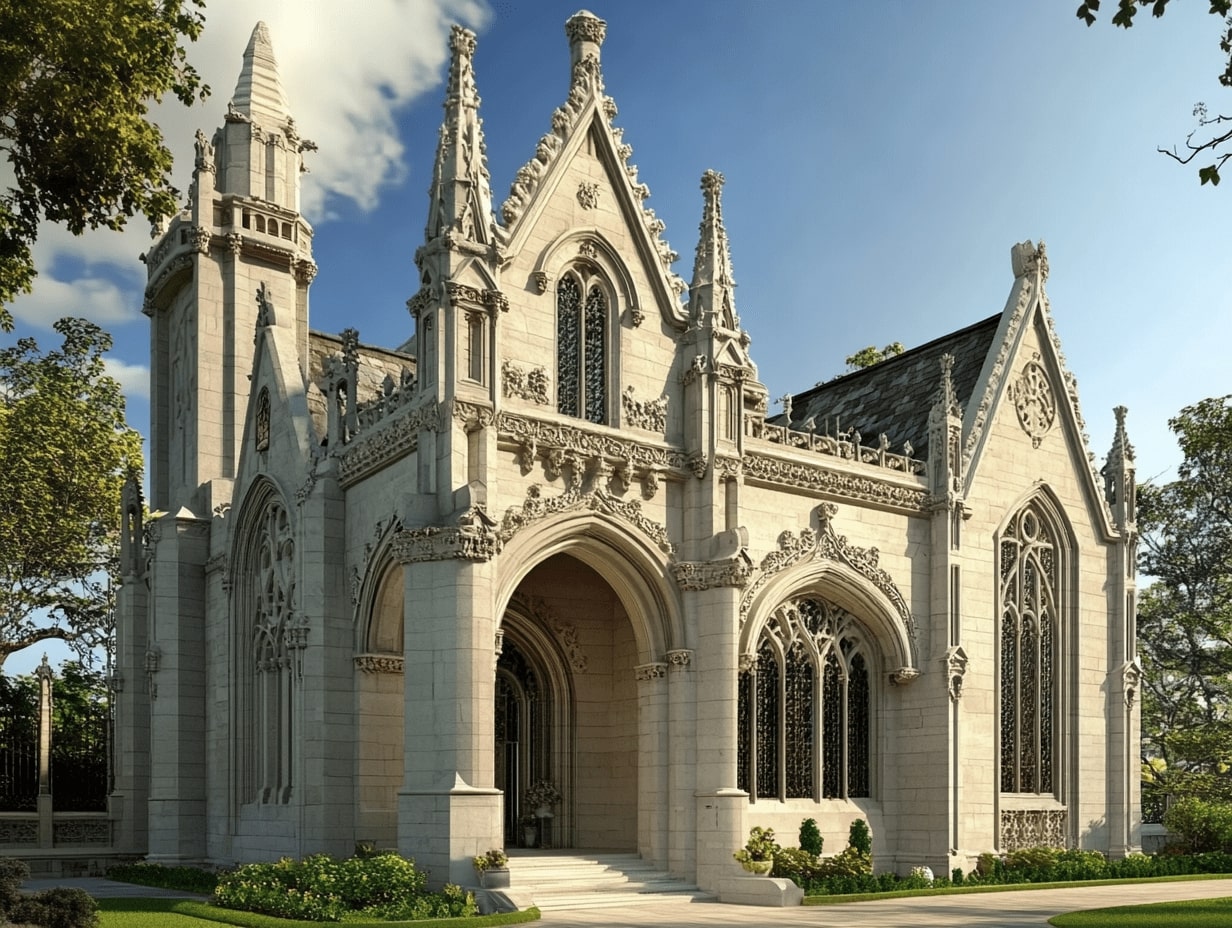
Early Influences on Cultural Identity
Ancient civilizations laid the groundwork for architectural significance in cultural identity. Structures like the Pyramids of Giza showcased not just engineering prowess but also spiritual beliefs, representing the afterlife and divine authority. Mesopotamian ziggurats served as religious centers, linking worshippers to the divine. Similarly, ancient Greek architecture emphasized harmony and proportion, embodying democratic ideals in civic spaces like the Agora. These early structures defined cultural narratives, reinforcing community bonds and shared values among inhabitants.
Architectural Styles and Movements
Architectural styles and movements throughout history further illustrate cultural identity. Gothic architecture, characterized by soaring cathedrals and intricate details, symbolized medieval religious devotion, while Baroque architecture represented the power and grandeur of the Catholic Church. During the 19th century, the Arts and Crafts movement emphasized craftsmanship and local materials, highlighting regional identities and traditions. Modernism broke with historical styles, prioritizing function over form and reshaping urban spaces to reflect contemporary life. Each style connects to socio-political contexts, reinforcing how architecture embodies and influences cultural identity over time.
Contemporary Perspectives
Contemporary architecture reflects ongoing cultural dialogues, merging tradition with innovation to express collective identities. We explore how modern designs and globalization influence local traditions and identities.
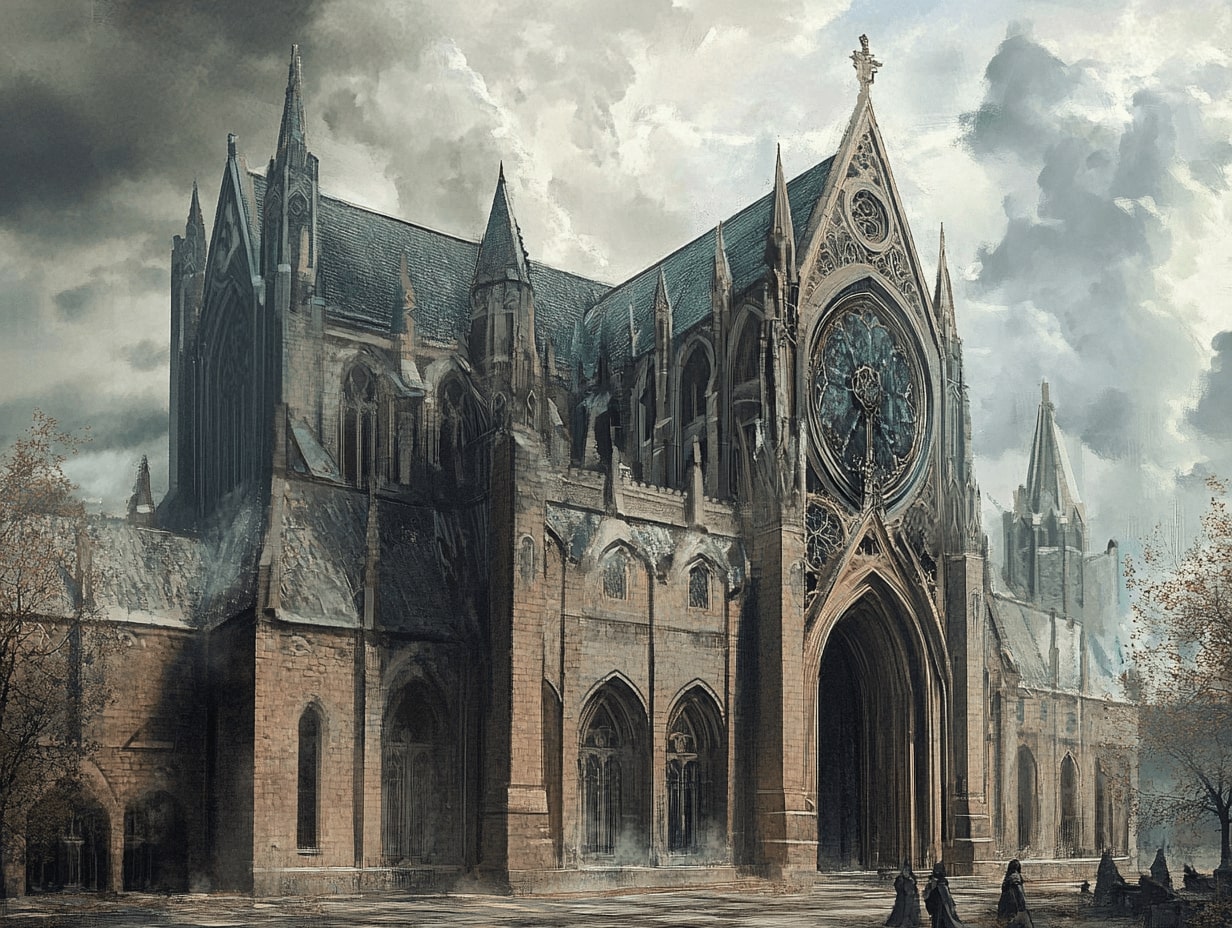
Modern Architecture and Cultural Expression
Modern architecture emphasizes functionality, sustainability, and innovative design, shaping cultural expression in urban environments. Structures such as the Sydney Opera House and the Burj Khalifa represent a blend of creativity and local context, showcasing unique architectural styles that embody contemporary values. Architects utilize advanced technologies and materials to craft spaces that align with their communities’ aspirations. Notable examples include the use of biomimicry in designing buildings that harmonize with nature, promoting ecological awareness while expressing cultural narratives. This intersection of design and functionality reinforces cultural identities by creating spaces that resonate with shared values.
Globalization and Local Identity
Globalization significantly impacts local architecture, introducing diverse influences while simultaneously threatening traditional practices. Architectural styles from around the world blend into urban landscapes, shaping a new global culture. Yet, local identities persist through adaptive reuse of historical buildings and preservation of indigenous techniques. For example, mixed-use developments often incorporate traditional materials or motifs, linking contemporary architecture with historical roots. This convergence fosters a dialogue between global influences and local heritage, allowing communities to assert their identities amid rapid change. As architects navigate this landscape, they must balance universal design principles with respect for and acknowledgment of local cultures, preserving unique identities within an interconnected world.
Case Studies
We explore two critical areas where architecture profoundly shapes cultural identity: indigenous architecture and urban designs reflecting cultural narratives. Both areas highlight how architectural practices signify community values and heritage.
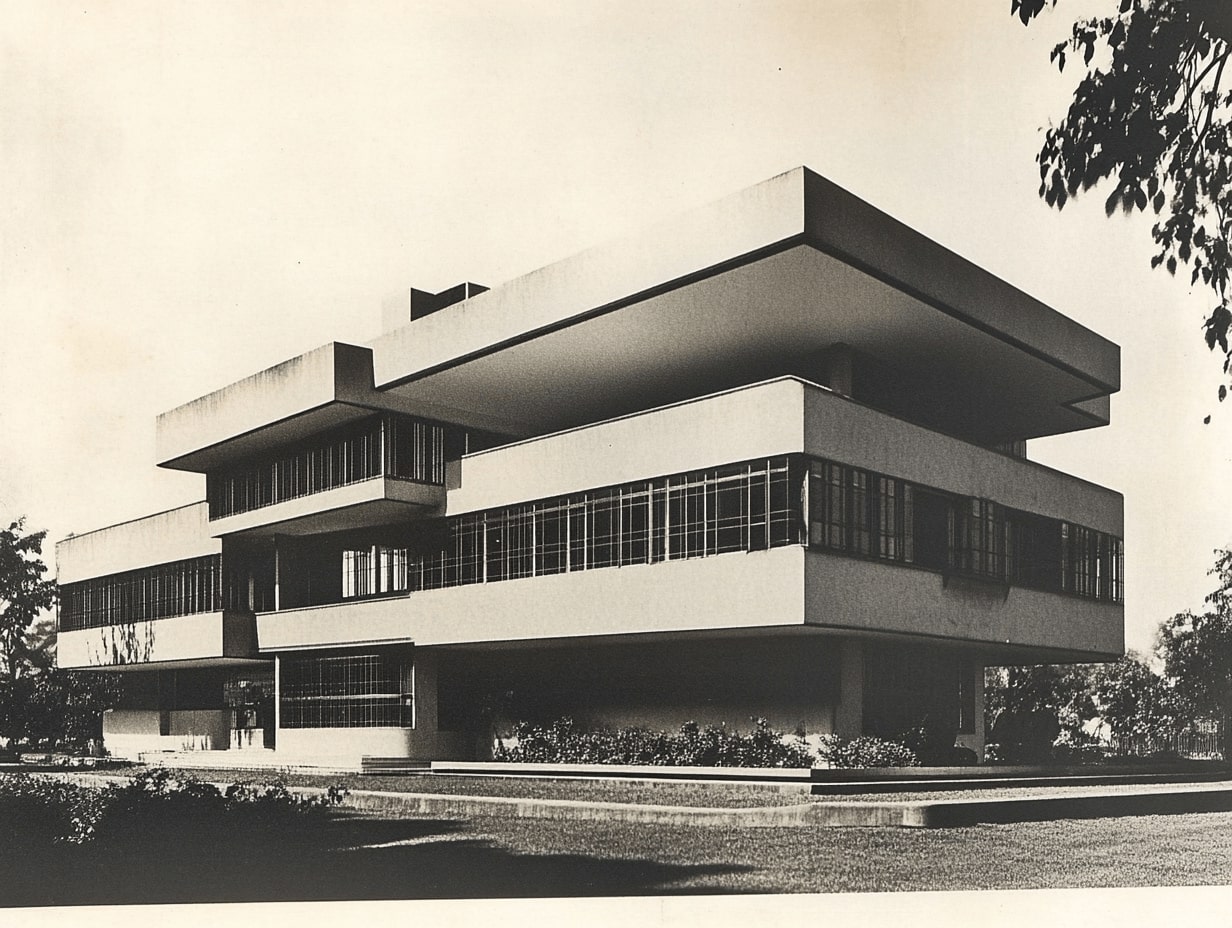
Indigenous Architecture and Identity
Indigenous architecture embodies the cultural identity of native communities around the world. Structures like the traditional longhouses of the Haida people in Canada reflect environmental harmony and resource utilization. The designs honor the land, using locally sourced materials to create homes that sustain cultural practices and communal living.
In Australia, the use of earth and natural resources in Aboriginal architecture exemplifies a deep connection to cultural beliefs. Dwellings, like the wattle and daub huts, illustrate sustainable practices that respect the landscape and traditional customs. These architectural forms not only serve physical needs but also signify spiritual connections, reinforcing a sense of belonging and identity.
Urban Designs Reflecting Cultural Narratives
Urban designs contribute significantly to cultural identity through the creation of public spaces that tell community stories. The layout of cities often represents historical journeys, such as the grid pattern of Chicago, which emerged from 19th-century planning efforts emphasizing efficiency and commerce, reflecting the city’s industrial roots.
Exploration of public monuments, like the Martin Luther King Jr. Memorial in Washington, D.C., showcases how urban spaces can encapsulate social movements and collective memory. Such designs foster community pride and engagement, serving as reminders of shared history and aspirations.
Architecture in cities like Barcelona reveals how cultural narratives shape urban identity. The distinctive styles of Antoni Gaudí, including the Sagrada Familia, blend historical influences with innovative designs, embodying the city’s artistic spirit and Catalan pride.
These case studies exemplify how architecture serves as a medium for expressing and preserving cultural identity, illustrating its role in shaping our environments and the narratives we share.
The Future of Architecture and Cultural Identity
Architectural practices are evolving, increasingly emphasizing sustainability and technology, which play crucial roles in shaping cultural identity. We recognize that future architectural endeavors must balance innovation with cultural preservation.
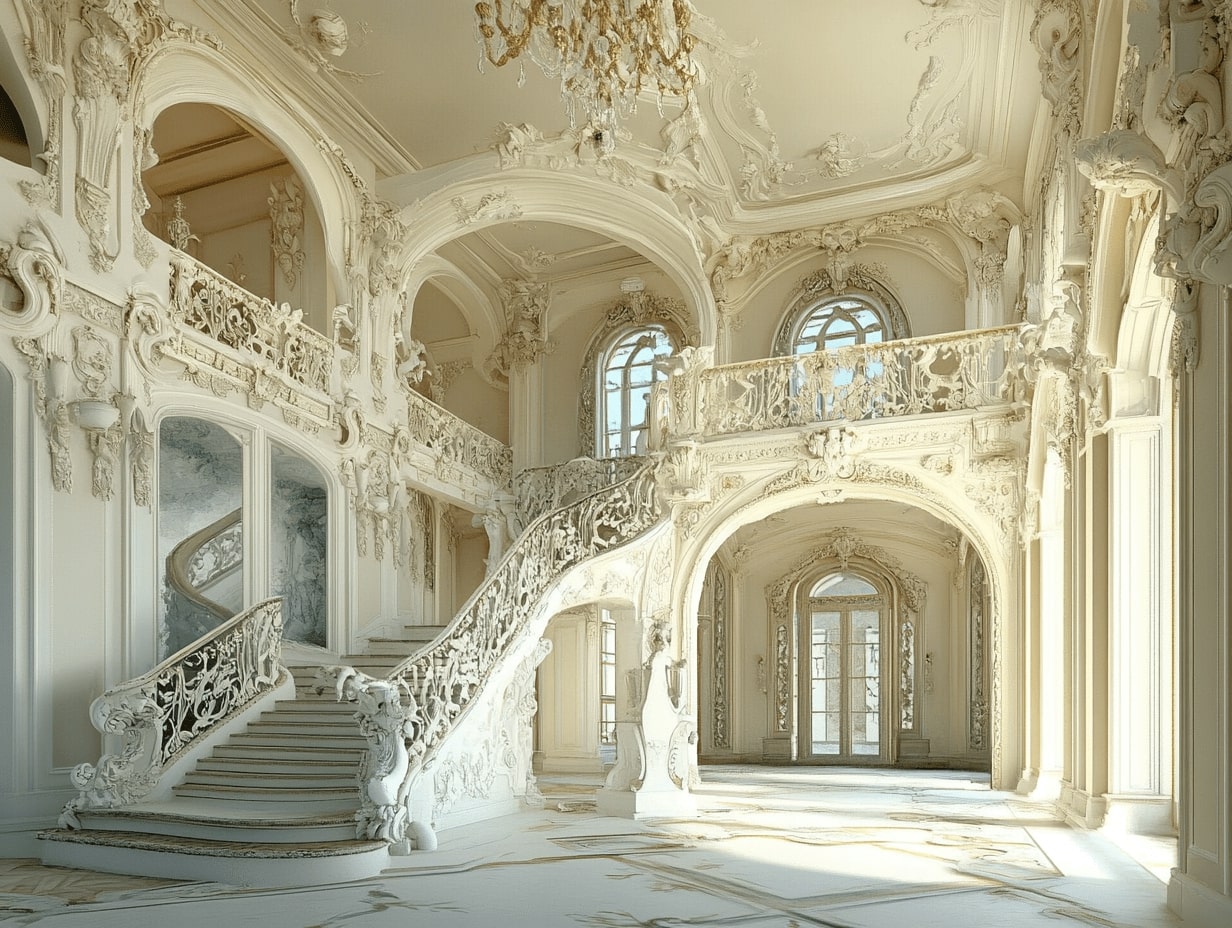
Sustainability and Cultural Preservation
Sustainable architecture promotes the use of eco-friendly materials and energy-efficient designs while honoring cultural heritage. We see this reflected in environmentally conscious buildings that utilize local resources and techniques, enhancing regional identity. For instance, buildings that integrate green roofs or utilize passive solar design not only reduce environmental impact but also respect traditional ways of living harmoniously with nature. By leveraging local craftsmanship and historical design elements, architects can create structures that resonate with community narratives while addressing contemporary environmental challenges.
Technology’s Impact on Architectural Identity
Technology reshapes our understanding of architectural identity by enabling innovative design approaches and enhancing community engagement. We witness the integration of smart technologies in urban environments, improving functionality and accessibility. Digital modeling and 3D printing allow architects to experiment with organic forms that reflect cultural characteristics. For example, projects like the Elbphilharmonie concert hall in Hamburg showcase how technology can facilitate the creation of strikingly contemporary structures that also honor their cultural surroundings. As we move forward, the fusion of traditional practices with cutting-edge technology will define the architectural landscape, allowing for the expression of evolving cultural identities in a connected world.
Conclusion
Architecture undeniably shapes cultural identity, reflecting our values and heritage through its designs. From ancient structures to modern marvels, architecture serves as a potent medium for expressing and preserving our collective identities. By utilizing local materials and unique styles, we celebrate traditions that connect us to our roots.
Notable examples like the Parthenon and the Taj Mahal illustrate how landmarks embody historical narratives, fostering a sense of belonging within communities. Urban designs, such as the grid layout of Manhattan, enhance social interactions, encouraging collaboration among residents while linking contemporary life with historical contexts.
In the face of globalization, architecture adapts, merging traditional practices with innovative designs. This evolution allows us to maintain cultural significance while embracing modern functionality and sustainability. Sustainable architecture not only preserves cultural heritage but also responds to the urgent need for environmentally friendly practices.
Moving forward, we anticipate architecture continuing to adapt to our changing identities, blending technology with cultural expression. This ongoing dialogue between local heritage and global influences shapes our built environments, ensuring that our architectural landscapes resonate with the aspirations of future generations.
- architectural evolution
- architectural identity
- architectural legacy
- architectural roots
- architecture and cultural identity
- architecture and history
- architecture and society
- architecture and storytelling
- architecture and tradition
- architecture as a cultural symbol
- built heritage
- cultural expression in architecture
- Cultural Heritage in Architecture
- cultural influence on design
- cultural significance of architecture
- Historical Architecture
- identity through architecture
- preserving cultural identity through design
- time and tradition in architecture
- Traditional Architecture
- Vernacular Architecture
Submit your architectural projects
Follow these steps for submission your project. Submission FormLatest Posts
A Beginner’s Guide to Architectural Details
Architectural details explained for beginners: clear terms, key joints, proportions, climate-smart specs,...
5 Must-Visit Structures by Norman Foster
Explore five must-visit structures by Norman Foster, showcasing iconic works that combine...
What Are The Benefits Of Professional Painting For Homes?
Fresh paint does more than change color on a wall. It protects...
How Much Time Does It Take to Install Impact-Resistant Windows and Doors
Introduction Upgrading your home’s windows and doors can feel like a big...



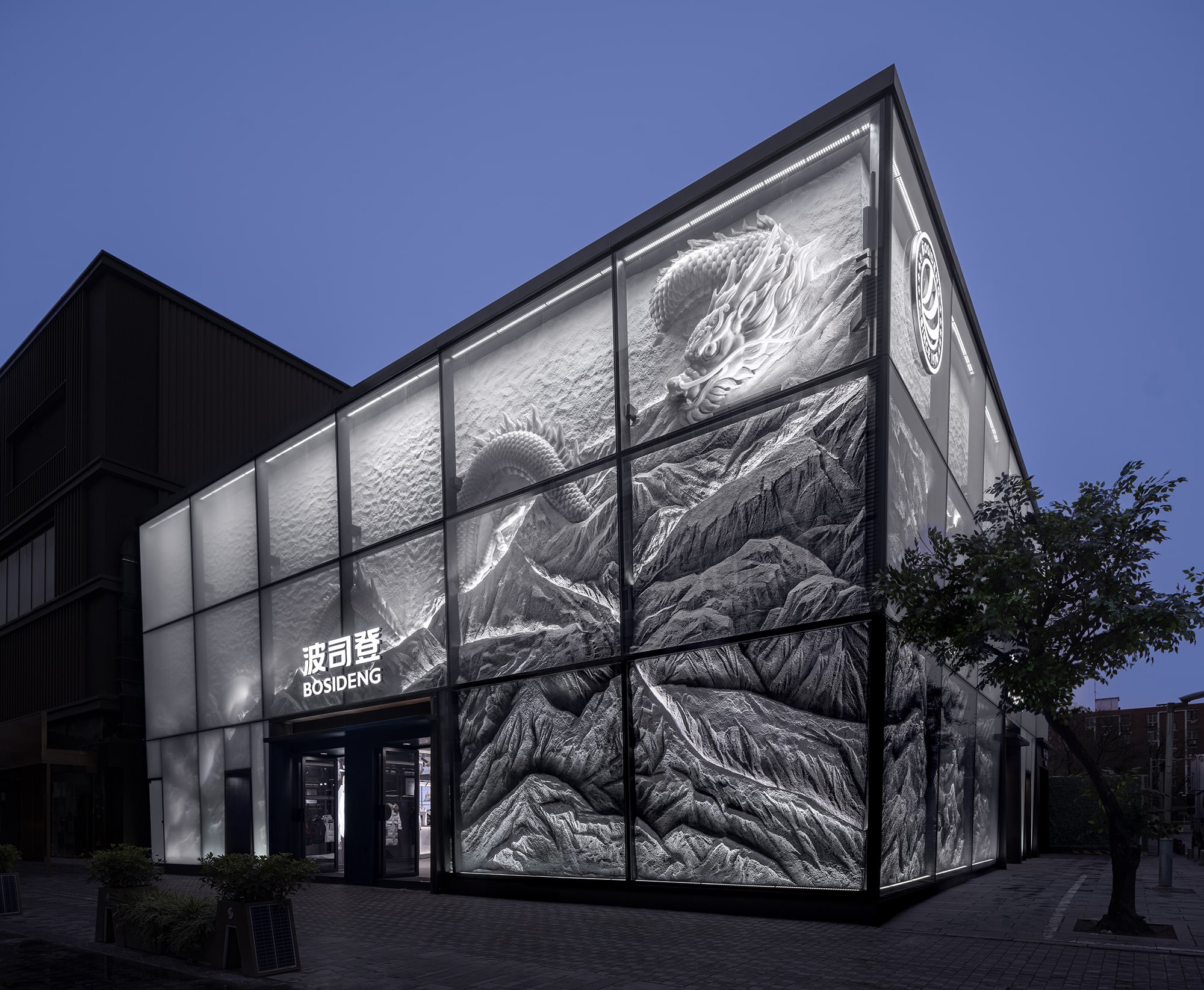




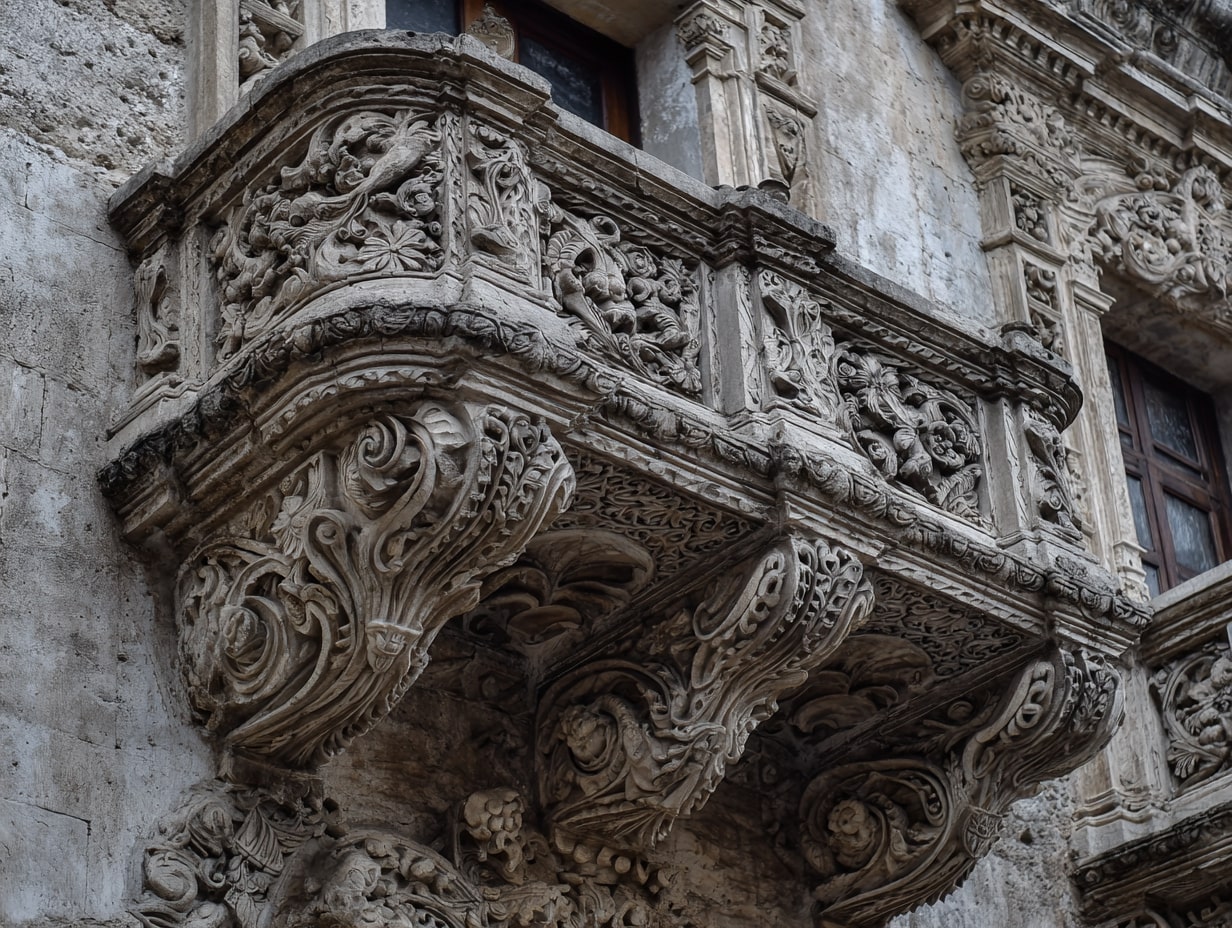


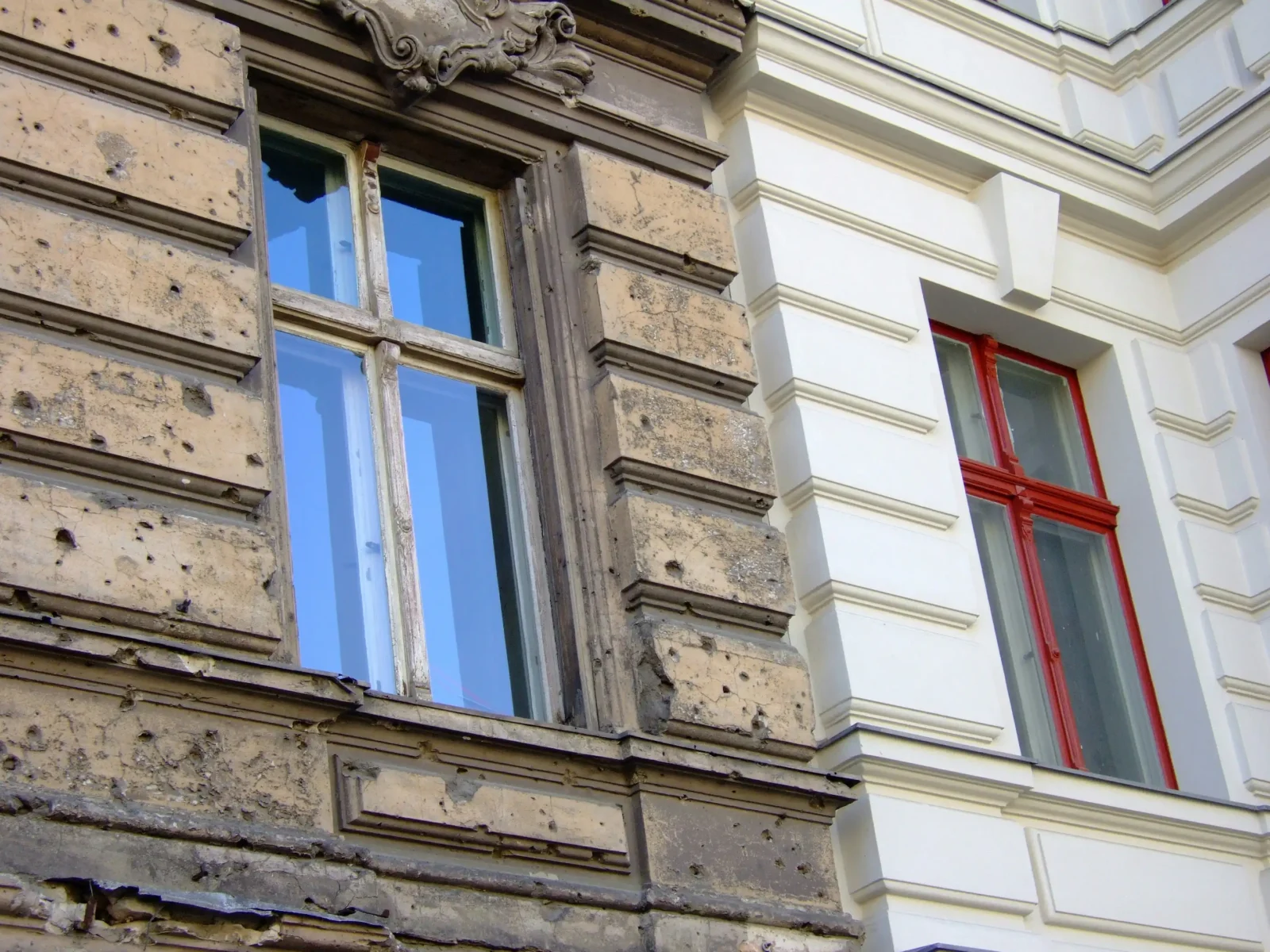
Leave a comment